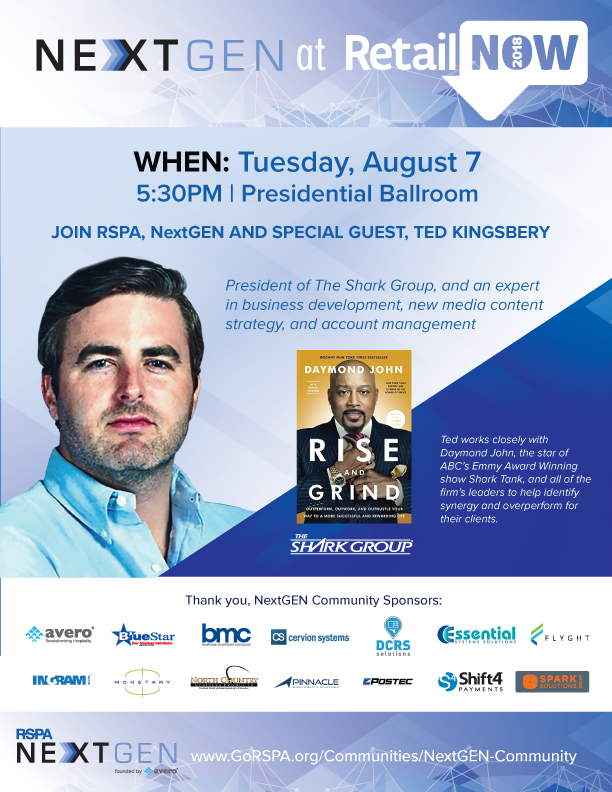By: Paul Roberts, SparrowPay
For decades, card-based rails—particularly those operated by global networks like Visa and Mastercard—have dominated the U.S. payments ecosystem, offering scale, reliability, and ubiquity across both consumer and merchant landscapes. But as expectations for speed, cost-efficiency, and data transparency evolve, payments professionals are increasingly exploring real-time, non-card rails that offer new competitive and operational advantages. Chief among these are The Clearing House Real-Time Payments (RTP) Network, the Federal Reserve’s FedNow® Service, and the modernized Same-Day ACH system. Each of these rails provides an alternative path for moving money—often faster, cheaper, and more data-rich than traditional credit card settlement—and are quickly becoming essential tools in the payments leader’s strategic playbook.
Launched in 2017, The Clearing House RTP Network represents the first new U.S. core clearing and settlement infrastructure since ACH itself. RTP operates as a credit push, real-time payment rail, offering final settlement in seconds and operating continuously, 24/7/365. Designed from the ground up for modern commerce, RTP supports ISO 20022 messaging, allowing for the transmission of structured remittance data along with the payment—a key differentiator from card and legacy ACH transactions. The RTP rail also supports an expanding feature set, including Request for Payment (RfP), which offers a real-time, digitally native alternative to card-present and invoicing scenarios. With irrevocable payments and instant confirmation, RTP mitigates chargeback risk and can reduce overall payment costs while improving reconciliation for merchants and billers.
FedNow, introduced by the Federal Reserve in July 2023, brings public-sector momentum and inclusivity to the real-time payments landscape. Like RTP, FedNow enables real-time credit push transactions with continuous availability and ISO 20022 support. However, FedNow’s architecture prioritizes broad accessibility, making real-time capabilities available to smaller financial institutions that may not have onboarded to RTP. For payment professionals accustomed to card rails, FedNow presents an opportunity to rethink disbursements, bill payments, and even consumer-to-merchant interactions in environments where instant settlement, lower fraud risk, and bank-grade transparency are required. RfP is also a native FedNow feature, expanding the spectrum of authorized payments and opening new possibilities for digital invoicing and customer-initiated commerce flows.
In parallel to these innovations, the ACH network has undergone a quiet revolution of its own. Though batch-based by nature, the introduction and expansion of Same-Day ACH has redefined what ACH can offer in terms of speed. Since its launch in 2016 and with recent increases in transaction limits and submission windows, Same-Day ACH is now widely used for business payments, payroll, and emergency disbursements that previously required card-based rails or even wires. While not real-time in the strictest sense, Same-Day ACH often clears within hours and benefits from deep network coverage, a mature rules framework, and comparatively low transaction costs. For payments teams looking to offload volume from card rails or provide more control over recurring transactions, Same-Day ACH can offer a lower-cost, lower-fraud alternative.
For professionals long accustomed to the world of interchange fees, authorization holds, and chargeback workflows, these alternative rails introduce a fundamentally different paradigm. Real-time rails like RTP and FedNow are “push-only,” shifting control to the payer and minimizing dispute scenarios. They also operate outside of the traditional four-party model, removing acquirers and card networks from the flow and bringing funds directly from account to account. As such, monetization models must evolve—focusing less on transaction fees and more on value-added services like enriched data, reconciliation, liquidity optimization, and embedded finance experiences.
The strategic implications are significant. Card rails are not going away—they remain optimal for certain high-margin, consumer-facing transactions—but forward-looking payments organizations are now building multi-rail strategies. The goal is not to replace cards wholesale, but to apply the right rail to the right use case: RTP for instant payroll or account funding; FedNow for government disbursements and SME liquidity; Same-Day ACH for recurring vendor payments. Payments orchestration, real-time fraud detection, and liquidity management will be key areas of investment as businesses embrace the full potential of real-time, account-based payments.
Ultimately, for payments professionals looking to stay ahead, fluency in faster rails is no longer optional. The infrastructure is live. The adoption curve is accelerating. And the opportunity to differentiate—through speed, transparency, and control—is wide open.
Sidebar: Adoption Trends & Market Stats
- RTP Network (as of Q1 2025):
- Over 360 participating financial institutions
- +100% YoY growth in RTP transaction volume in 2024
- Covers ~65% of U.S. demand deposit accounts
- FedNow Service:
- Over 400 institutions signed on within the first 9 months
- Early adopters include regional banks, credit unions, and fintechs
- Request for Payment (RfP) support officially standardized in January 2025
- Same-Day ACH:
- Over 860 million transactions in 2023 (up 22% YoY)
- $3 million daily limit introduced in 2024 for eligible use cases
- Settlement windows now extend beyond 4:45 p.m. ET, improving accessibility for West Coast businesses
- Overall U.S. Real-Time Payment Market:
- Projected to grow at a CAGR of 28% through 2028
- Real-time payments forecasted to reach 18% of all non-cash payments in the U.S. by 2026
Sources: The Clearing House, Federal Reserve, Nacha, Aite-Novarica, FIS Global Payments Report



